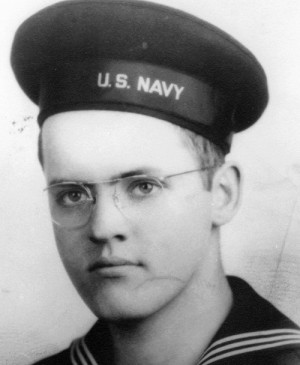On February 27, 1827, a group of masked and costumed students dance through the streets of New Orleans, Louisiana, marking the beginning of the city’s famous Mardi Gras celebrations.
Known as the celebration of Carnival throughout the world, it is the weeks between Twelfth Night on January 6 and Ash Wednesday, the beginning of the Christian period of Lent. I always thought of it as an event that came from Latin America but it spread from Rome across Europe and later to the Americas.
There is no bigger Mardi Gras celebration in the United States then the one in New Orleans. Over-the-top parades and parties for Mardi Gras (or Fat Tuesday), the last day of the Carnival season is a big part of what the city is known for.
Brought to Louisiana at the end of the 17th century by early French settlers, Spanish governors of the province later banned the Mardi Gras celebrations. In 1803 when Louisiana joined the United States, the people of New Orleans managed to convince the city council to lift the ban on wearing masks and partying in the streets. The city’s new Mardi Gras tradition began in 1827 when the group of students, inspired by their experiences studying in Paris, donned masks and jester costumes and staged their own Fat Tuesday festivities.

Bernard Marigny
Date Original not dated; c. 1800s – 1810s
Source 19th century portrait, as reprinted in “Mandeville, A Historical Compendium” (New Orleans, 1918)
The parties grew more and more popular, and in 1833 a rich plantation owner named Bernard Xavier de Marigny de Mandeville raised money to fund an official Mardi Gras celebration. After rowdy revelers began to get violent during the 1850s, a secret society called the Mistick Krewe of Comus staged the first large-scale, well-organized Mardi Gras parade in 1857. Over time, hundreds of krewes formed, building elaborate and colorful floats for parades held over the two weeks leading up to Fat Tuesday.
In February 2006, New Orleans held its Mardi Gras celebrations despite the fact that Hurricane Katrina had devastated much of the city with massive flooding the previous August. Attendance was at only 60-70 percent of the 300,000-400,000 visitors who usually attend Mardi Gras, but the celebration marked an important step in the recovery of the city, which counts on hospitality and tourism as its single largest industry. Here is a link to a report about New Orleans Mardi Gras 18 months after Katrina
Read my multi-part series on Hurricane Katrina starting here.



![Mardi-Gras, 1873. "Ye Mystick Krewe of Comus." [New Orleans]](https://mholloway63.wordpress.com/wp-content/uploads/2015/02/comus_parade_canal_street_1873.png?w=560)
 Check out my other blog
Check out my other blog I'M PUBLISHED
I'M PUBLISHED I'm Published Again
I'm Published Again









Wow. I didn’t know the Madri Gras was that old ! In Australia the best known Madri Gras is held in Sydney.
LikeLike
I have to some research to see if there are any Mardi Gras celebrations of note around the US outside of New Orleans. My only experience with Fat Tuesday events is faschnaut follies. In the Lutheran Church we have a very campy talent show and pancake dinner event. When I say campy, I mean it.
LikeLiked by 1 person
Originally from Louisiana I shared my first Mardi Gras recently, but it wasn’t nearly as far back as 1827! http://wp.me/p36w0d-IT And Mardi Gras is original to Mobile, Alabama! ;)~Elle
LikeLike
Thanks for sharing story. I loved it.
LikeLiked by 1 person
I would love to go the Carnival in Venice. I have seen the elaborate costumes and it is mind-blowing. My mom would always remember the fun but it was called Fasching in German. New Orleans heads it for North America for sure. I did not know it was that old in the U.S.
LikeLike